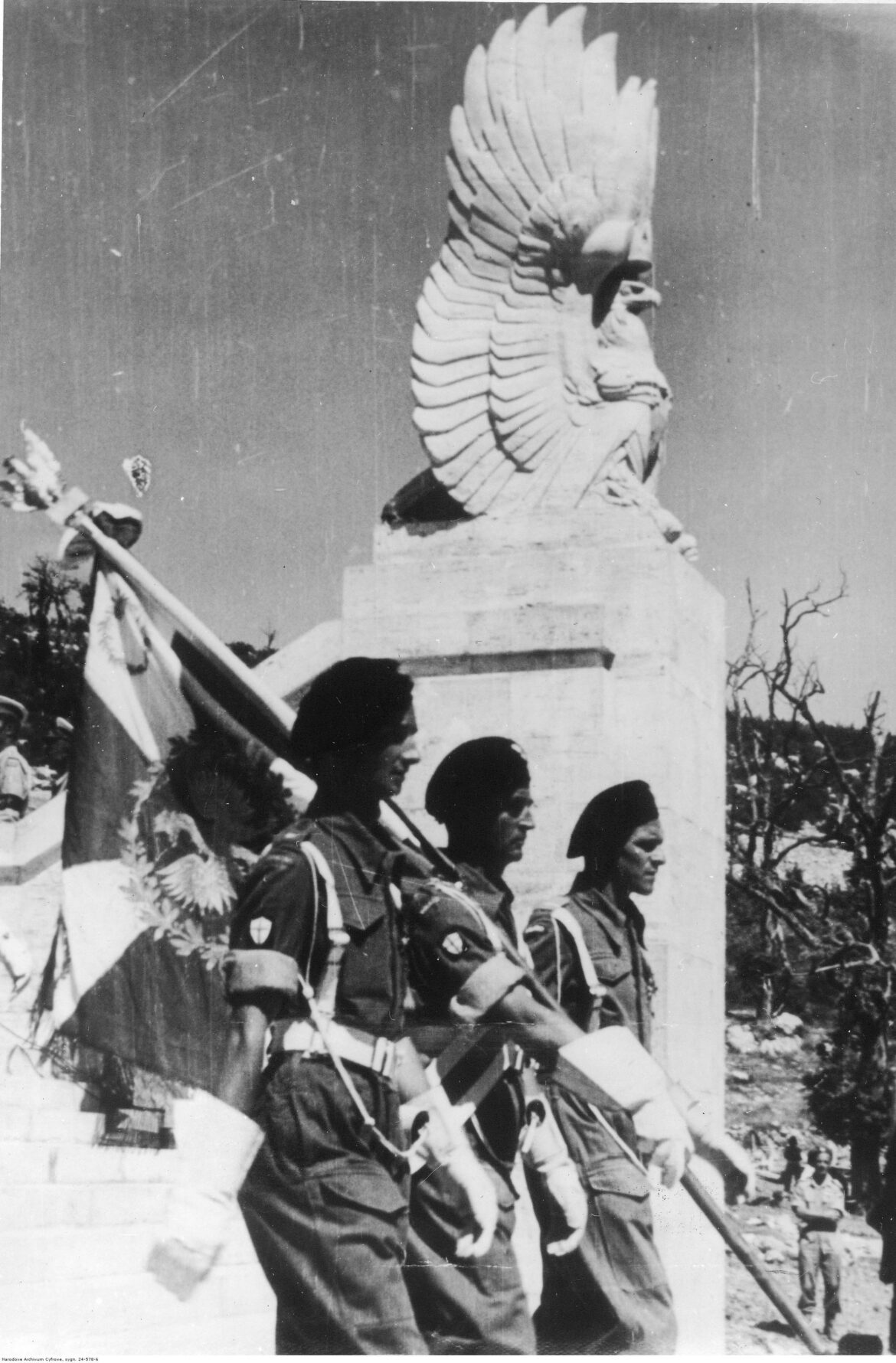According to official data, the Polish state takes care of 98 cemeteries and war cemetery quarters located in 53 countries. They are not only an element of Poland’s national heritage, but also bear witness to the Polish military effort abroad during World War II.
War graves can be found in Western Europe as well as, among others, in the former Eastern Borderlands of the Second Polish Republic, in the Middle East, Russia, Asia and Africa. One of the most beautiful locations is the necropolis at the foot of the Italian hill Monte Cassino, located on the Liri river valley, between Rome and Naples. Soldiers who died taking part in four assaults on this hill during the Second World War (between 17 January and 19 May 1944) rest there. The struggle for Monte Cassino was the largest land battle of the war period. In addition to the fallen soldiers, the mortal remains of General Władysław Anders and his wife Irena lie here.
Newark in central England, on the other hand, is home to the largest cemetery of Polish airmen. About 300 Polish pilots, among others, are buried there.
Not only soldiers are buried in the war graves, including those viciously murdered by the NKVD, but also civilians who died because of harsh living conditions and disease during their evacuation from Soviet Siberia. The gravestones of children are particularly depressing. There is a children’s sector, for example, in a cemetery in Kolhapur – 300 kilometres southeast of Mumbai, India.
Permanent state care is provided for cemeteries in Italy (Monte Cassino, Loreto, Bologna), Uzbekistan (17 cemeteries), Kazakhstan (4), Kyrgyzstan (1), Israel (2), Iran (5), Lebanon (1), Ukraine (40 – cemeteries and memorials), among others.





